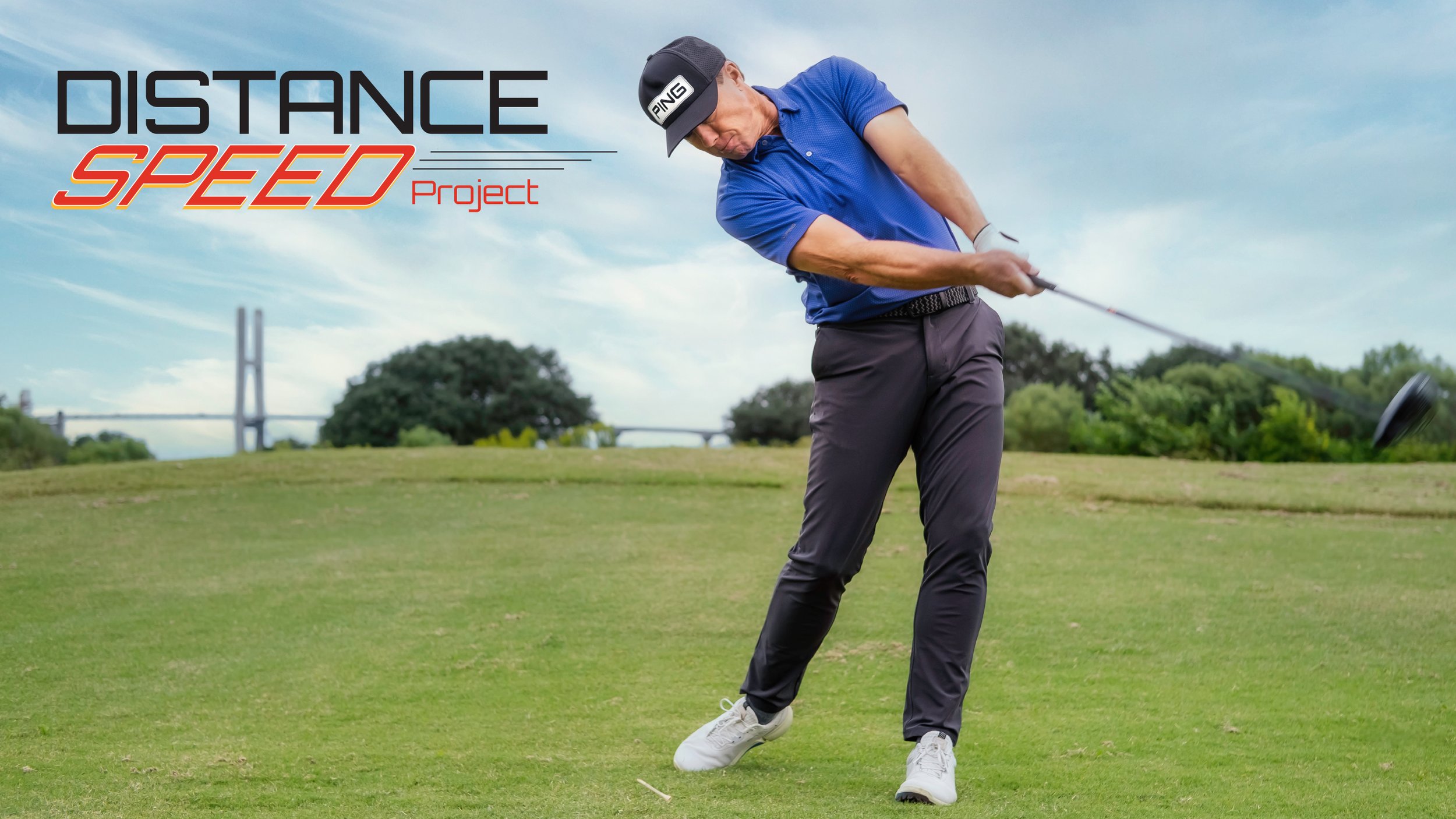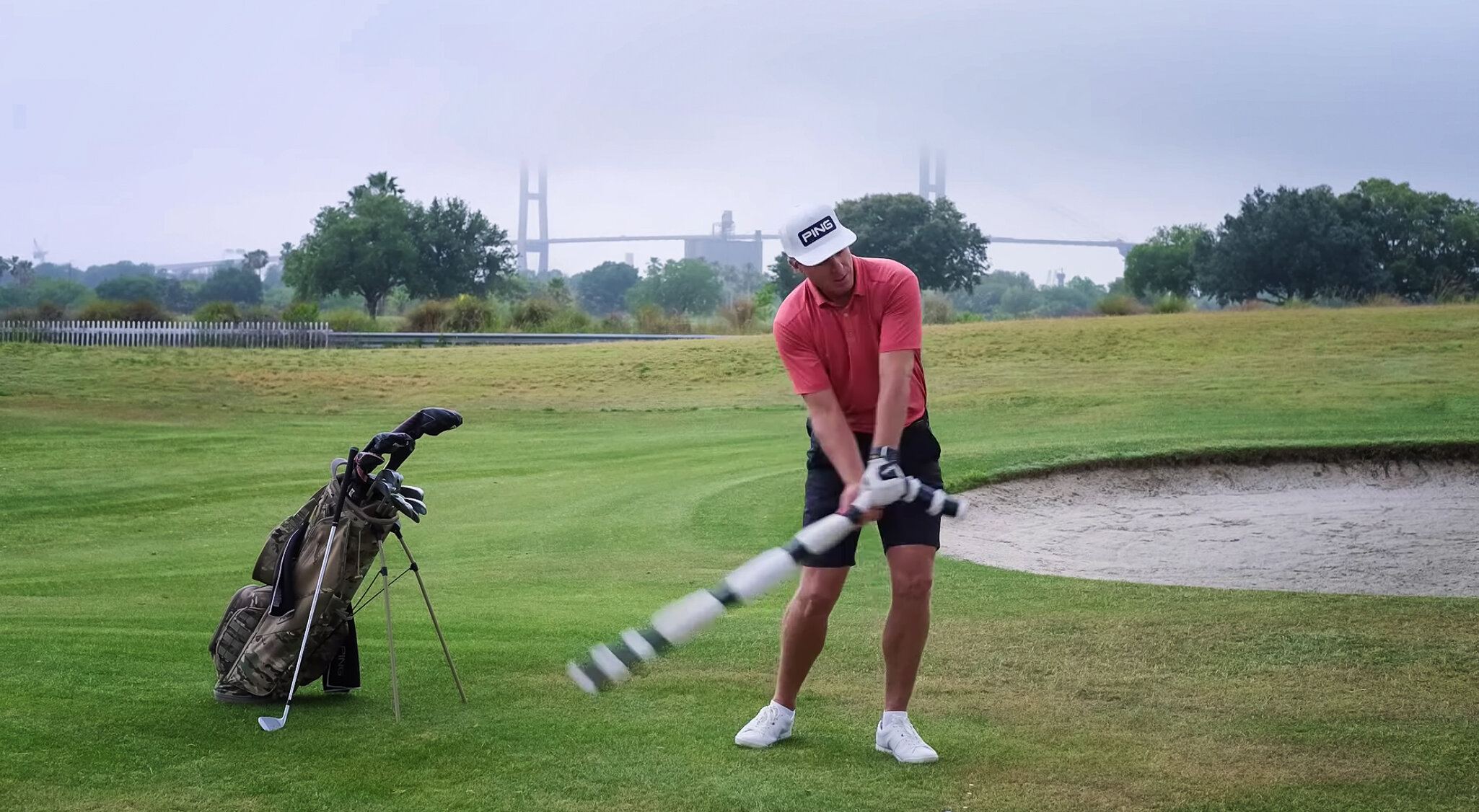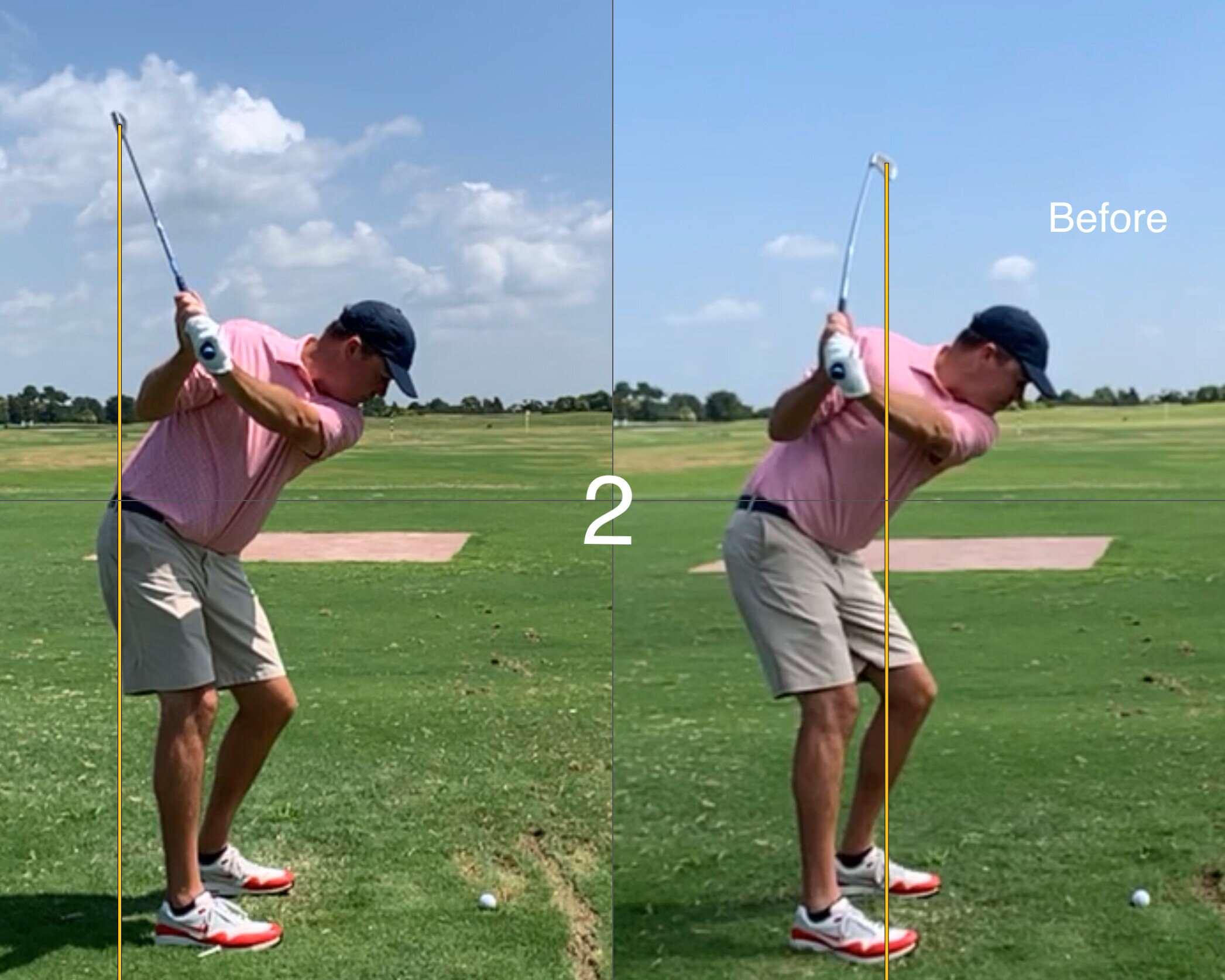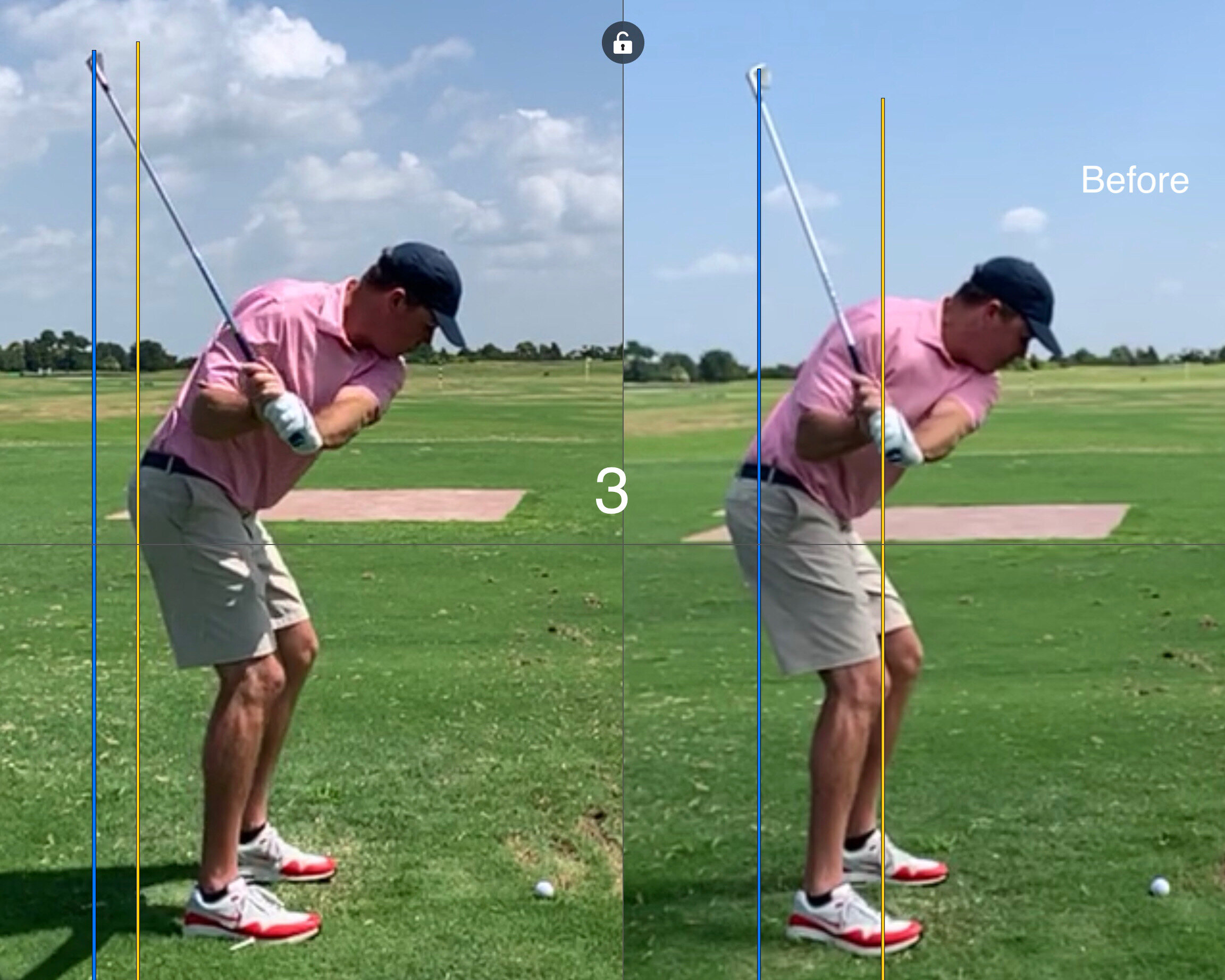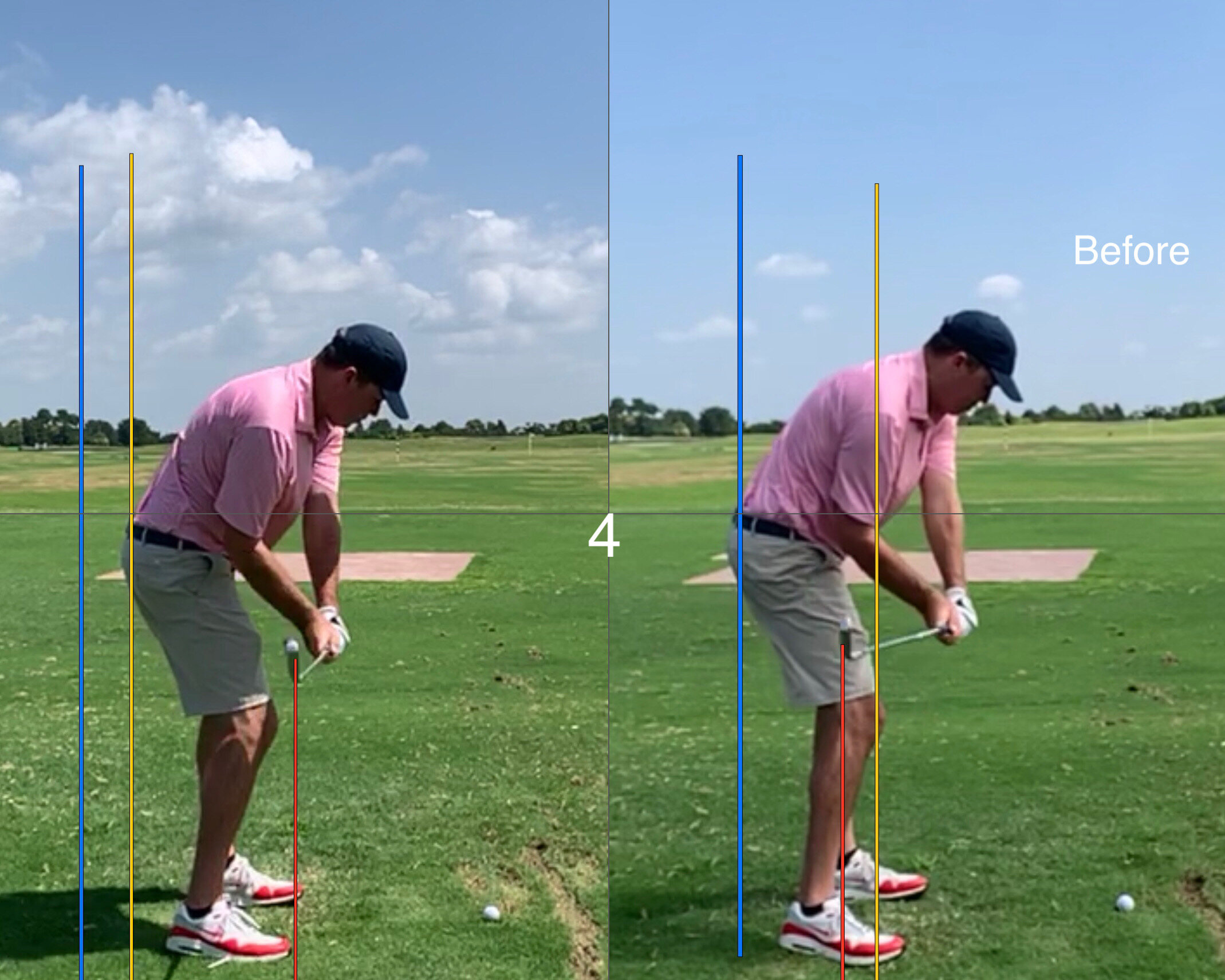Lose Your Chicken Wing
/If 2023 is going to be the year where you start compressing the golf ball with some sizzle and penetration off the club face then it’s time to get to work on that pesky little chicken wing you see at impact and beyond in your golf swing. It will take some time, but with a clear picture and a few solid practice sessions it can be done. Here’s how…
The two key areas are as follows:
The club face is invariably the culprit here and its almost always overly weak or open. Practice the “pump drill” demonstrated in the video where you really exaggerate how closed you’re getting the club face. Yes, you’ll hit a few shots to the draw/hook end of the spectrum, but just the same way you learned to hit it “straight” with an open face, is how you’ll learn to hit it straight with a more neutral face.
Let’s get DIRECT with this drill and make sure the lead arm stays extended. Keep in mind - face first and then the 9-3 drill demonstrated in the video. Use a 7 iron and keep the drill smaller than you might think. No need to hit it hard just yet. Please make sure that both arms are still extended as things come to a halt after the strike.
I know that if you commit to these two ideas you will not only improve the quality of your ball striking, but you’ll also get rid of the infamous golf swing chicken wing.
Please give this a go and let’s make 2023 your best year on the golf course ever! Cheers.


